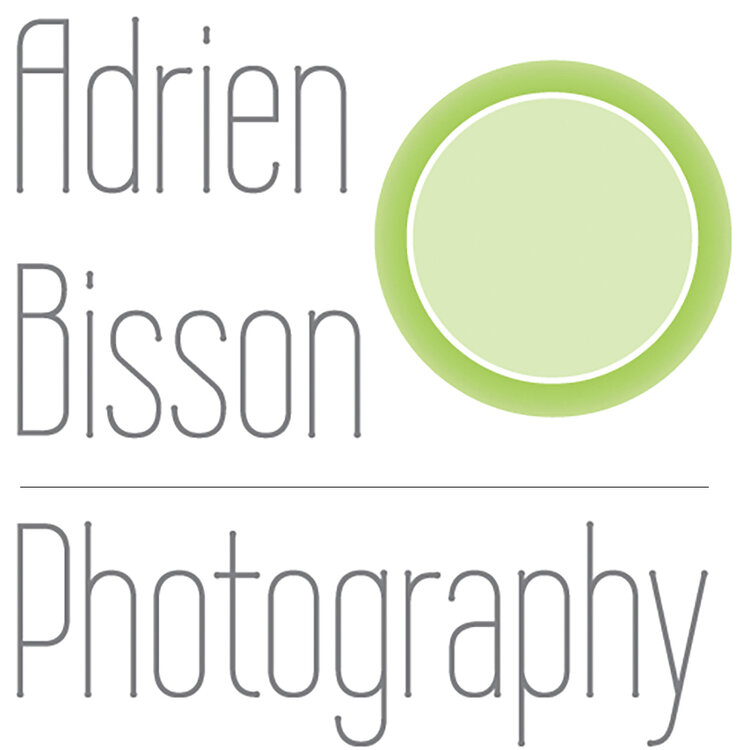Like many things today, photography is undergoing a perfect storm of change. Only a few years ago, professional photographers used film for the jobs that counted, while possibly experimenting with digital photography. The newest professional digital cameras were prohibitively expensive for most non-pros, and by today's standards of resolution, and functionality, appear quaint. But the changes that are taking place in photography today have parallels in journalism, publishing, and many other areas. These upheavals are certainly partially due to advances in the cameras themselves, but like the other professions, have much to do with technological advances in electronics and communications, and the mediums that have benefited from all of these advances, such as the Internet, television and telephones.
The benefit to everyone, at least as photography is concerned, is the kind of equipment that is available today to anyone, regardless of skill or expertise, and that can create great images. Point and shoot cameras today boast of sensors 10 mega-pixels and up, for less than $200. And “pro-sumer” (professional / consumer) single lens reflect cameras with at least that number of mega-pixels are readily available to anyone willing to spend about $500.
But even though there are cameras that rival professional models and that are simple to use, one thing is as true now as it has ever been: the camera has almost nothing to do with a good photograph. That is especially true when it comes to a portrait. When professional cameras were mysterious and complicated to learn and use, it was clear that in order to get a great portrait, or in this case, a headshot, a professional was required, if only to operated the hardware. But that undersells what the photographer was doing. Yes, he or she knew how to get the exposure right, maybe develop the film and the prints, but the photographer also knew how to light the subject, what a good background looked like, how to get the right expressions or looks. The list goes on.
But nothing has changed! Yes, the photographer today knows how to operate the hardware, as do many more people today than in the film-only days. But today, as then, great photographs are created not by a camera, but by the artist that is behind the lens. Today's technological advances have also helped the photographer. Many things are easier today than when we were shooting film, and I feel that the bar is far higher today for the photographer than it was. Many would argue that last point, but I believe it to be true. But what hasn't changed is that the photographer is still the artist in this creative equation. Artists, whether they be visual artists, like photographers or painters, or performing artists, all take pride in their skills and in their performances.
As a performing artist or business professional, you want to make your best impression with your headshot. Don't be tempted to skimp on a professional headshot and have a friend or relative take your picture, just because they have a nice camera. Image resolution aside, a professional can create a great headshot with a point and shoot camera and a few items from a home improvement store, and an amateur with a $5000 professional camera can create a really super drivers license photo.
